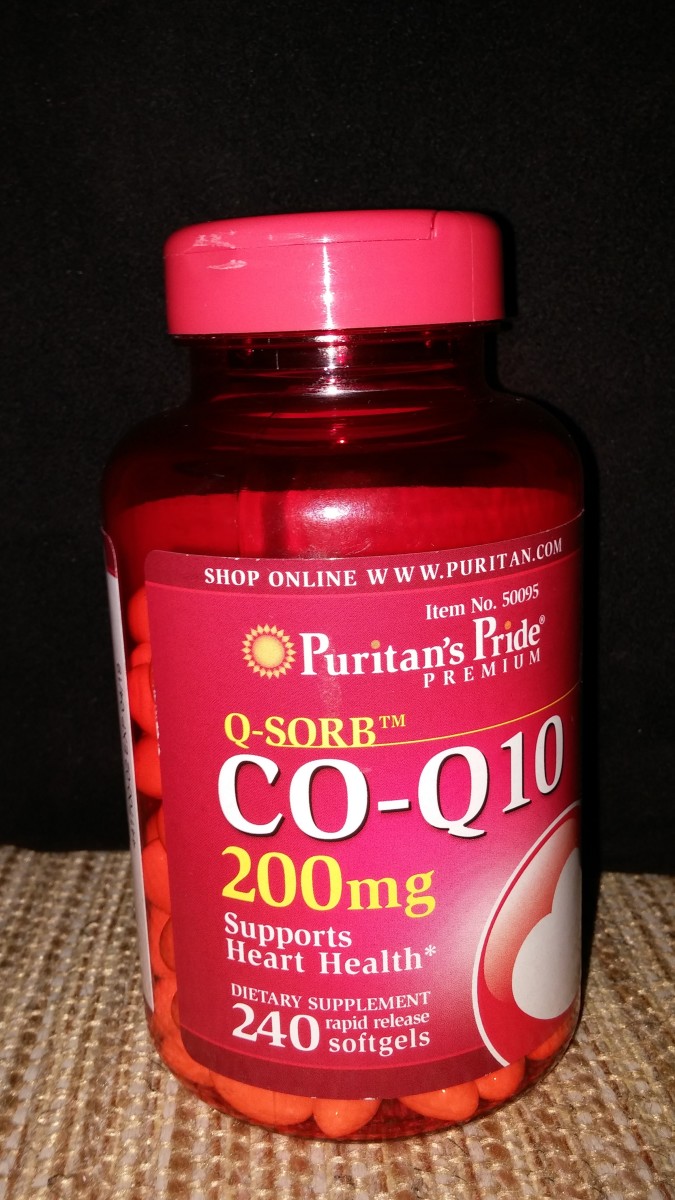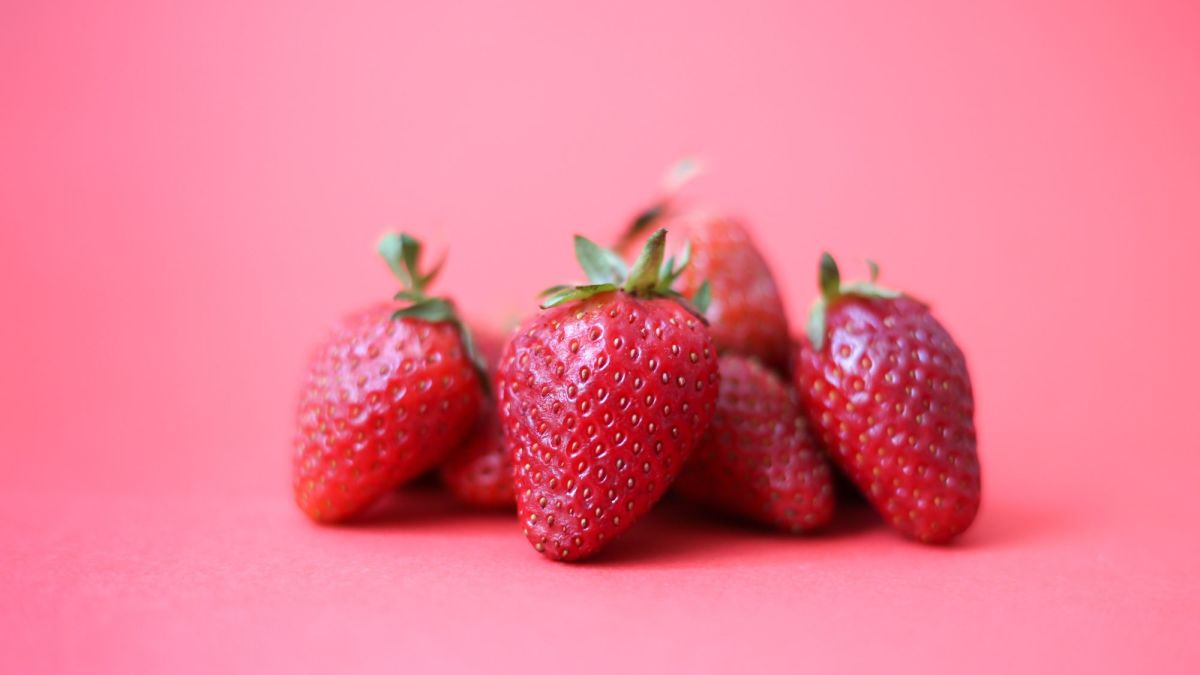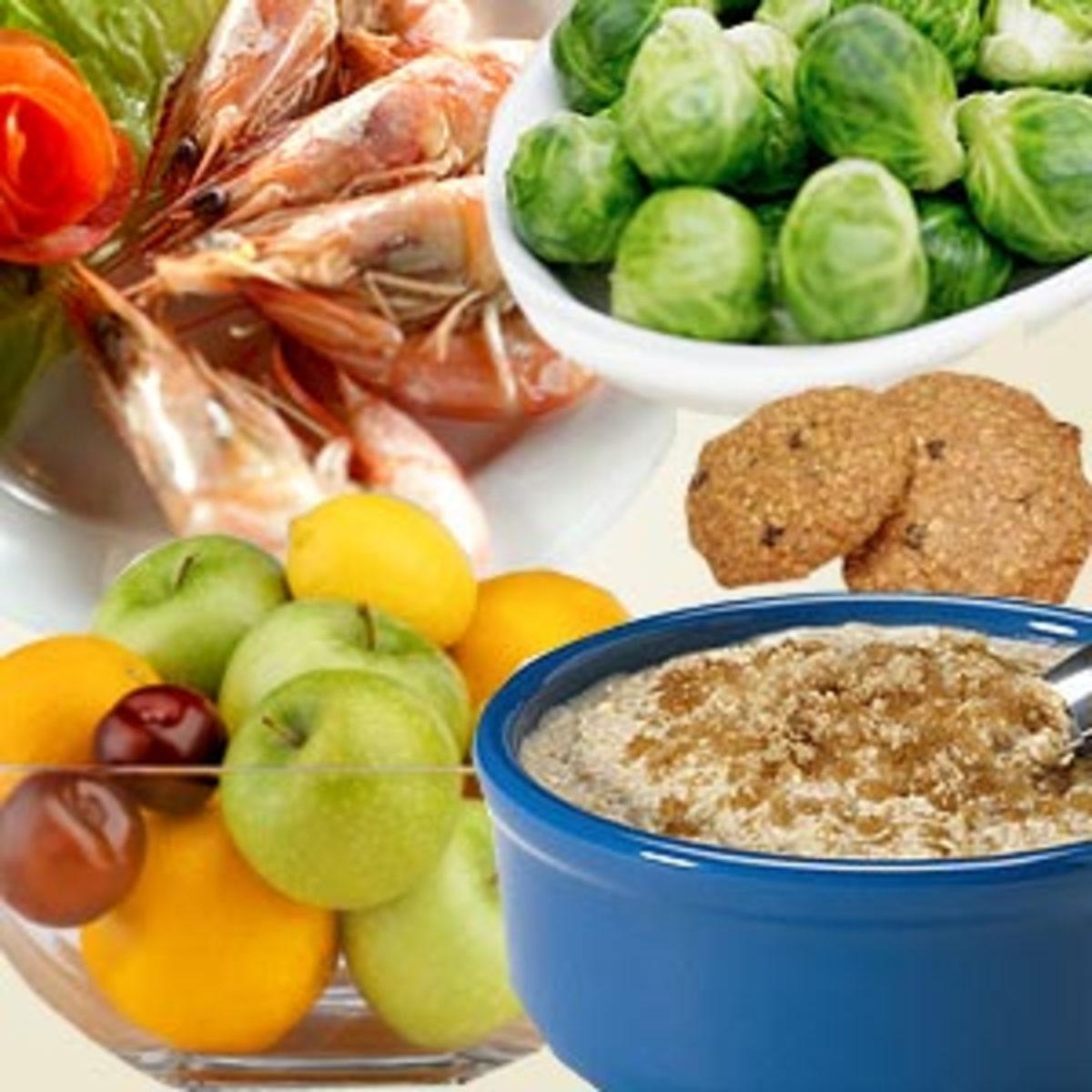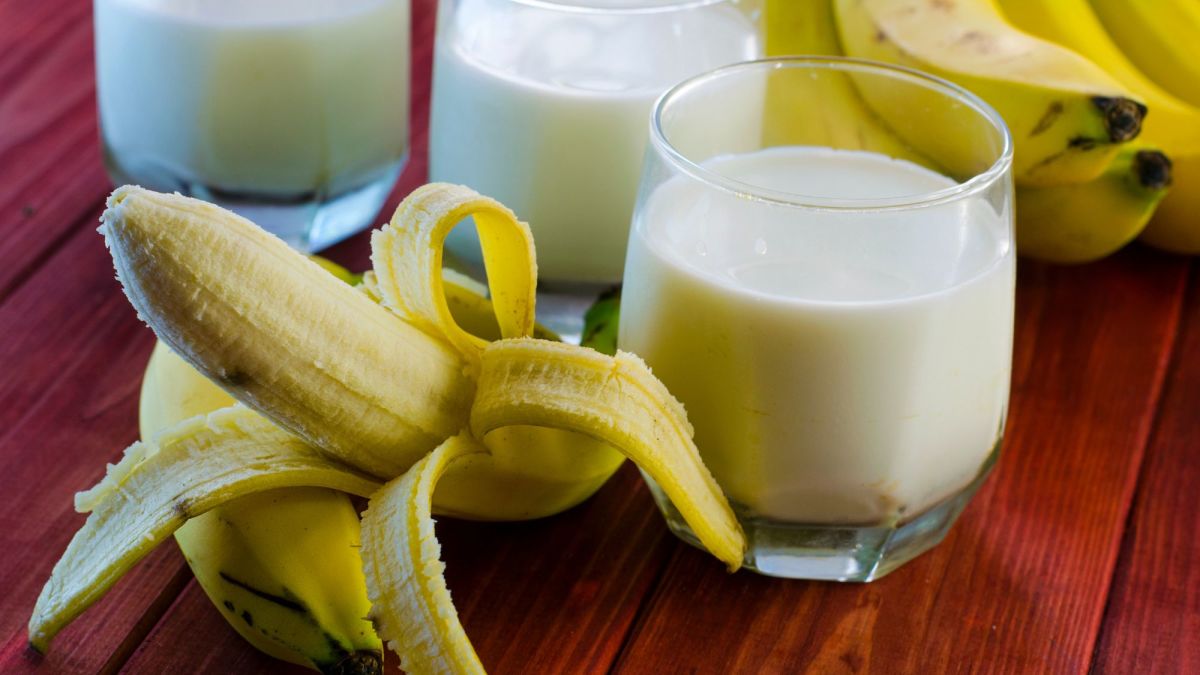- HubPages»
- Health»
- Diet & Weight Loss»
- Healthy Diets
Lower Cholesterol With Diet
The Portfolio Diet
Cholesterol Lowering Diets
In recent years Satins have become the accepted method to cure people with high cholesterol. Unfortunately, for many people Satins have bad side effects, like muscle pain and this can be so bad that doctors have to take their patients off the drug.
Yet, drugs aren't the only way to cure high cholesterol it can be cured by diet alone and the most successful diet to do this, is the Portfolio diet.
What is mostly recommended is low-fat diets like the Dash diet which lowered cholesterol by 10% but the Portfolio diet lowered cholesterol by 30%, which is comparable to first generation Satin drugs. The added benefit of using the Portfolio diet is that is also reduces inflammation in the body which is another important factor in overcoming cardiovascular disease.
Research by Dr David Jenkins, (discover of the Glycemic Index), showed that the best diet to reduce cholesterol was what he called the Simian or Ape diet. That is a raw very high fiber diet of just vegetables, fruits and nuts. Though he admits, only a small minority of people will want to eat a diet like this every day, for breakfast, lunch and dinner.
The reason why the Simian diet worked so well is that fiber is needed to help the body get rid of cholesterol. It does this by absorbing and binding the cholesterol into the fiber as it passes through the digestive system. So the more fiber you eat, the easier it is to clean cholesterol out of the body. This is why high fiber diets like the Simian and Portfolio diet are better in lowering cholesterol than other low-fat diets, because they are high fiber diets.
In devising the Portfolio diet, Dr Jenkins made it as flexible as possible, so people will know what foods would be beneficial to them in lowering cholesterol and choose what they would most want to eat, or is most convenient for them. For this reason dietitians have devised their own versions of this diet.
If people didn't want to eat a raw food diet then he suggested beans, as they are very high in fiber. He recommends soy because it can be used in so many ways like, tempeh, soy veggie burgers, tofu, edamame, soy-milk and even soy bread. But all types of legumes are just as beneficial.
Fiber
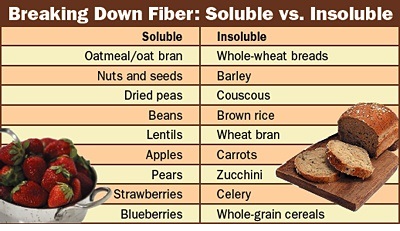
What is Soluble Fiber?
Dr Jenkins advocates soluble fiber -
Soluble fiber, creates a gel-like texture in your gut when mixed with liquid in your digestive tract. This gel helps slow down your digestion. You’ll feel fuller longer, which is one reason why fiber can help you maintain a healthy weight. Soluble fiber also attaches itself to particles of cholesterol. As the soluble fiber passes through the body, it takes the particles with it, reducing overall cholesterol levels as well as the risk of heart disease. This explains fiber importance big time!
You can find soluble fiber in onions, bananas, artichokes, oats, apples and strawberries, psyllium and certain vegetables.
The Importance Of Fiber by Priscila Perales
There is both soluble and insoluble fiber in all fruits, vegetables, nuts and mushrooms, so it would be hard to have a diet of only soluble fiber. But psyllium has the most soluble fiber, followed by green plantain, artichoke, oats, flaxseeds, eggplant, citrus fruits, blackberries, okra, nuts, barley and legumes
Psyllium is mostly used in proceeded foods as a thickener in cereals, biscuits and even ice-cream. Though, it can be brought in powered form and people use it with constipation problems. It can be sprinkled on food.
So if buying processed foods it pays to look at the fiber content on the label. There is a lot of soluble fibre in starch which is called a sticky fiber which is a help because it sticks to any cholesterol in the gut and ensures it is eliminated from the body.
White bread is not recommended in this diet but brown or wholemeal bread is all right. Bran flakes are also mention as an alternative to oats. Dark chocolate has also cholesterol lowering properties, as well as dried fruit. Leafy vegetables are also very important.
Plant Sterols

What are Plant Serols and Stanols?
Dr Jenkins also advocates Plant sterols and stanols (phytosterols)
Plant sterols and stanols (phytosterols) are found naturally in plants and are structurally similar to cholesterol. Their cholesterol-lowering effects have been known for some time.
How do they work?
They work by mimicking cholesterol and competing with it for absorption. The result is that less cholesterol and less bile (a cholesterol bi-product) is absorbed into the body from the gut. In order to make more bile, more cholesterol has to be removed from the circulation, so lowering blood levels of cholesterol. This reduction happens gradually and depends on the amount of plant sterol and stanol consumed.
Over 3 weeks plant sterols and stanols can reduce cholesterol levels by up to 10% when taken at optimal doses and as part of a diet low in saturated fat.
They are considered to be the most effective single food that can lower cholesterol as part of a healthy diet and lifestyle.
Plant sterols are found in all plants, but mostly seeds and nuts. They are also found in processed foods where they are added to things like margarine and yogurt. Unfortunately, they are twice the price as normal margarine.
Different Approaches
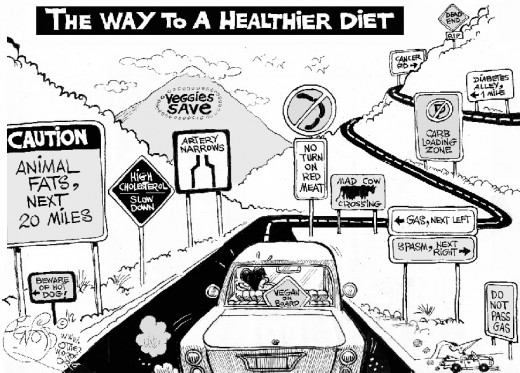
Controversies
There are three main disagreements about the Portfolio diet. Some people recommend fish as part of this diet but Dr Jenkins does not agree with this. He said flaxseeds and chia seeds are better for omega 3 because both are high in fiber, lower in saturated fat and don’t have pollutants, like PCBs and mercury in them. Flax and Chia both need to be grounded and stored in the fridge after the packet is open.
You can also get omega 3 from algae tablets, (Though not blue-green algae as it’s toxic), or Krill oil tablets. These are considered better than fish oil because they are lower in the food chain and less likely to acquire as many pollutants.
The second disagreement is vegetable oils. Jenkins says that vegetables oils are all right because they still retain plant sterols in them. Other doctors disagree, pointing out that vegetable oils have most of their fiber stripped out of them. So it is better to eat whole olives rather than olive oil.
The third disagreement is about nuts. Jenkins recommends nuts because they are again high in plant sterols but other doctors point out they are also high in saturated fat. Though, nuts also have fiber in them, so they wouldn't be as bad, as foods like cheese, meat or fish. It is also pointed out that nuts have vitamin E, zinc, magnesium and some omega 3 in them. Avocados also have the same problem, of also being high in saturated fat.
Doctors like Dr Jenkins claim that nuts lower cholesterol but others claim it increases it. It is hard to know who is right in this, but it could be that people are different.. On one extreme you have people on a high meat diet yet still have low cholesterol. On the other extreme you have vegans who still have high cholesterol who have to eliminate all vegetable oils and nuts from their diet, to keep it low.
This then means that both are right, there are people who can eat a lot of nuts and lower their cholesterol and others who doing the same thing increase their cholesterol. Another point is that it depends on what else you are eating. People on a raw vegan diet are encouraged to eat nuts, as nuts are more calorie dense than most other raw foods.
There are also controversies over soy produces where some people claim they are unhealthy, which is strange when you realized that people in Japan and China have been eating soy for thousands of years.
Antioxidants

What are Antioxidants?
The liver makes cholesterol and puts it in the blood stream as a repair kit. So when the body gets damaged or cut, the cholesterol is taken by the blood stream to the injured part of the body, to repair the wound by making new cells. This is why the body makes cholesterol, to repair the body and not to clog up the arteries.
The problem is that the blood also contains oxygen and after awhile it will oxidize the cholesterol and it will then become useless and even harmful to the body. This is because oxidized cholesterol will stick to the sides of the arteries and too much of it will eventually block blood vessels.
A vicious cycle can be created because one of the jobs of cholesterol is to remove oxidized cholesterol. So the more oxidized cholesterol in the cardiovascular system the more the body has to produce fresh cholesterol to get rid of it.
We can reduce the production of cholesterol by eating antioxidant foods. These foods contain chemicals that protect the cells of the body, including cholesterol, from being oxidized. So the cholesterol will last longer with antioxidants in the blood which means the liver doesn't have to produce so much cholesterol.
Antioxidant foods are found mostly in fruits, but also in vegetables. It is generally the colorful fruits that contain the most antioxidant. Red apples and peppers have more antioxidants in them than green apples and peppers. Tests have shown that red or purple cabbage has more antioxidants in it, than any other vegetable.
Herbs and spices are also very high in antioxidants so sprinkling them on food is a great benefit as just a small amount can give twice the amounts of antioxidants in any meal. Cloves and cinnamon have the most antioxidants in spices, while in herbs it’s, oregano, marjoram, dried lemon balm and dried peppermint. Mixed herbs or spices give more antioxidants, as different types of antioxidants seem to work together.
It seems that too much saturated fat damages the linings of blood vessels and this is why the body has to produce more cholesterol to repair this. So this is the reason why too much vegetable fats and oils can increase cholesterol.
Animal products produce the most cholesterol. There is cholesterol in all animals and so it gets into people’s bodies when humans eat them. To make matters worse, meat, eggs and dairy don’t have fiber, antioxidants or plant sterols in them and so the food does not help in any way, to eliminate cholesterol from our bodies.
Dr David Jenkins
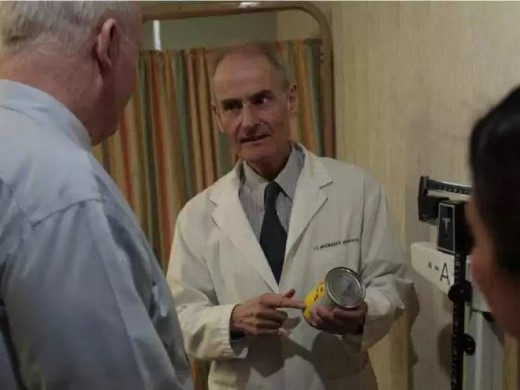
Summery
It seems the Portfolio diet was designed for people eating the Standard Western Diet, with the aim of getting people to eat as much fiber as possible. Dr Jenkins claims that on average, people will only comply with 50% of his diet. In spite of its flexibility some people still find it too hard to stay on the diet. But even a few small changes in people’s diet can decrease cholesterol by a lot. The biggest change is substituting meat and dairy with soy products.
It’s best to eat as much raw food as possible, but failing that, to eat fiber rich foods like soy, legumes, oats and cooked vegetables. So in general, just find the high fiber foods you are most likely to eat and try to eliminate as much as you can, low fiber foods from your diet.
It is also a diet some people use for weight-loss and to lower blood-pressure.


